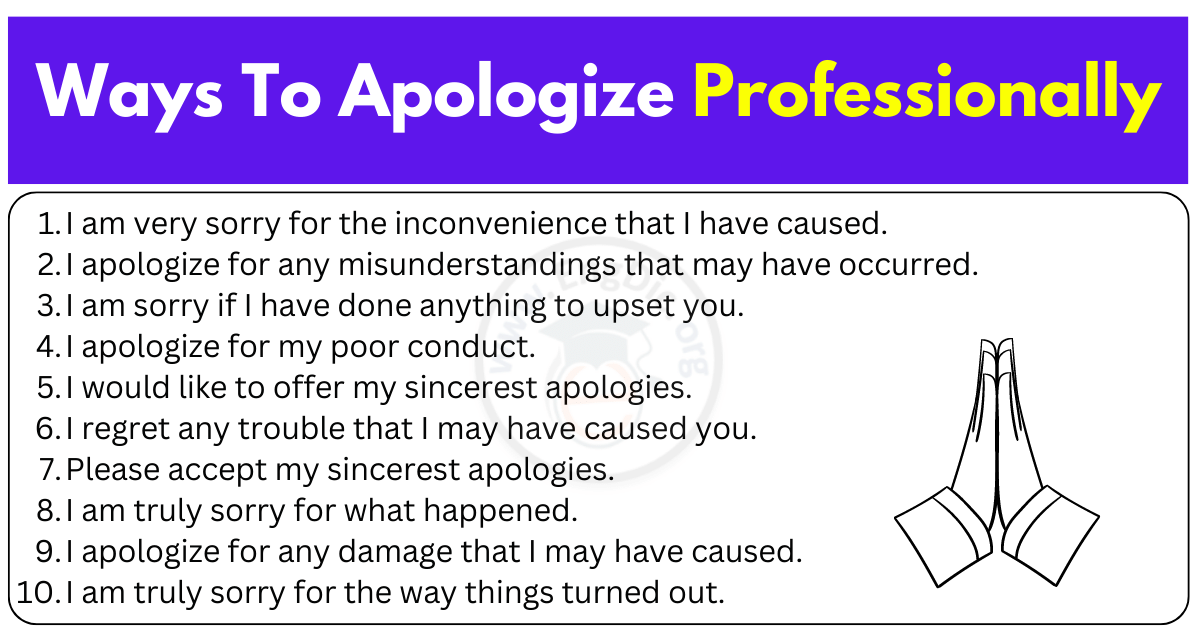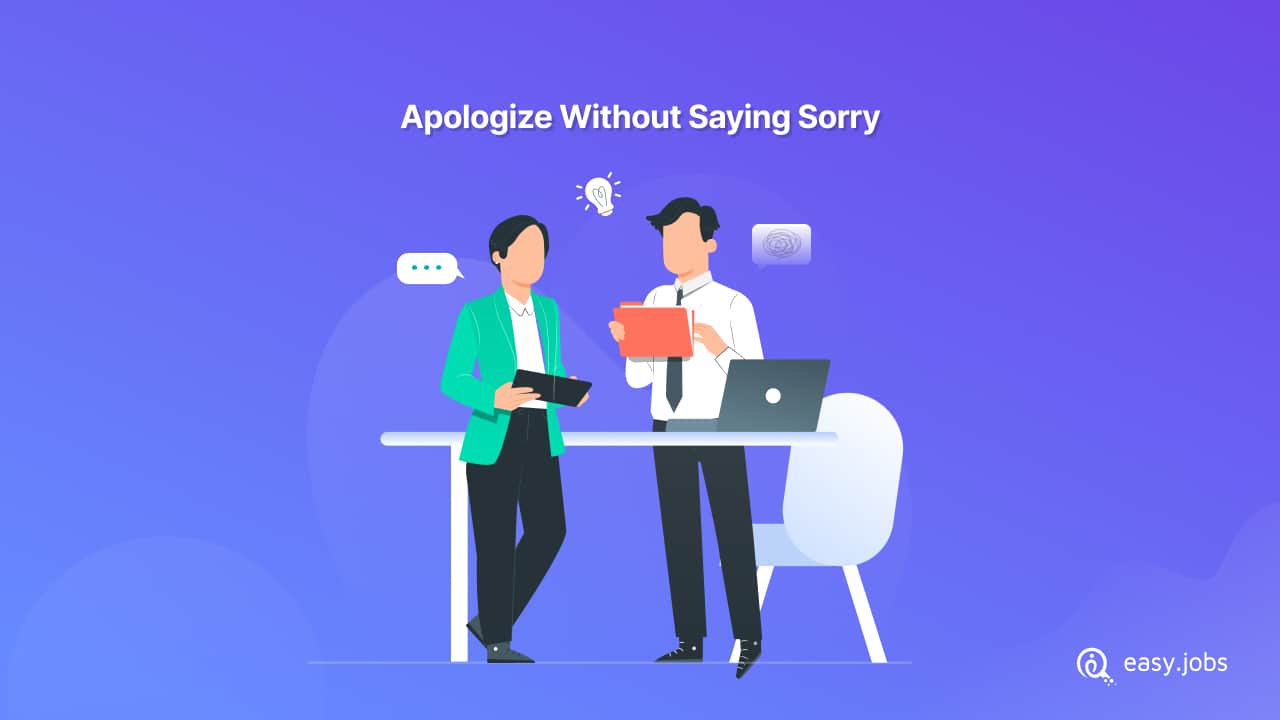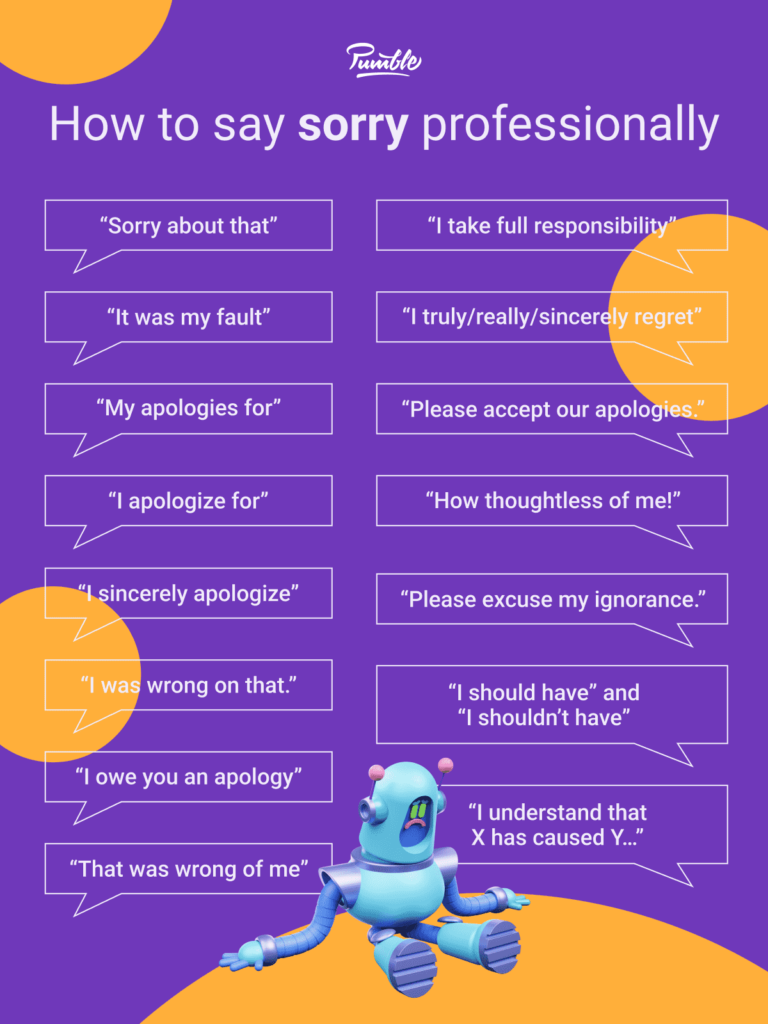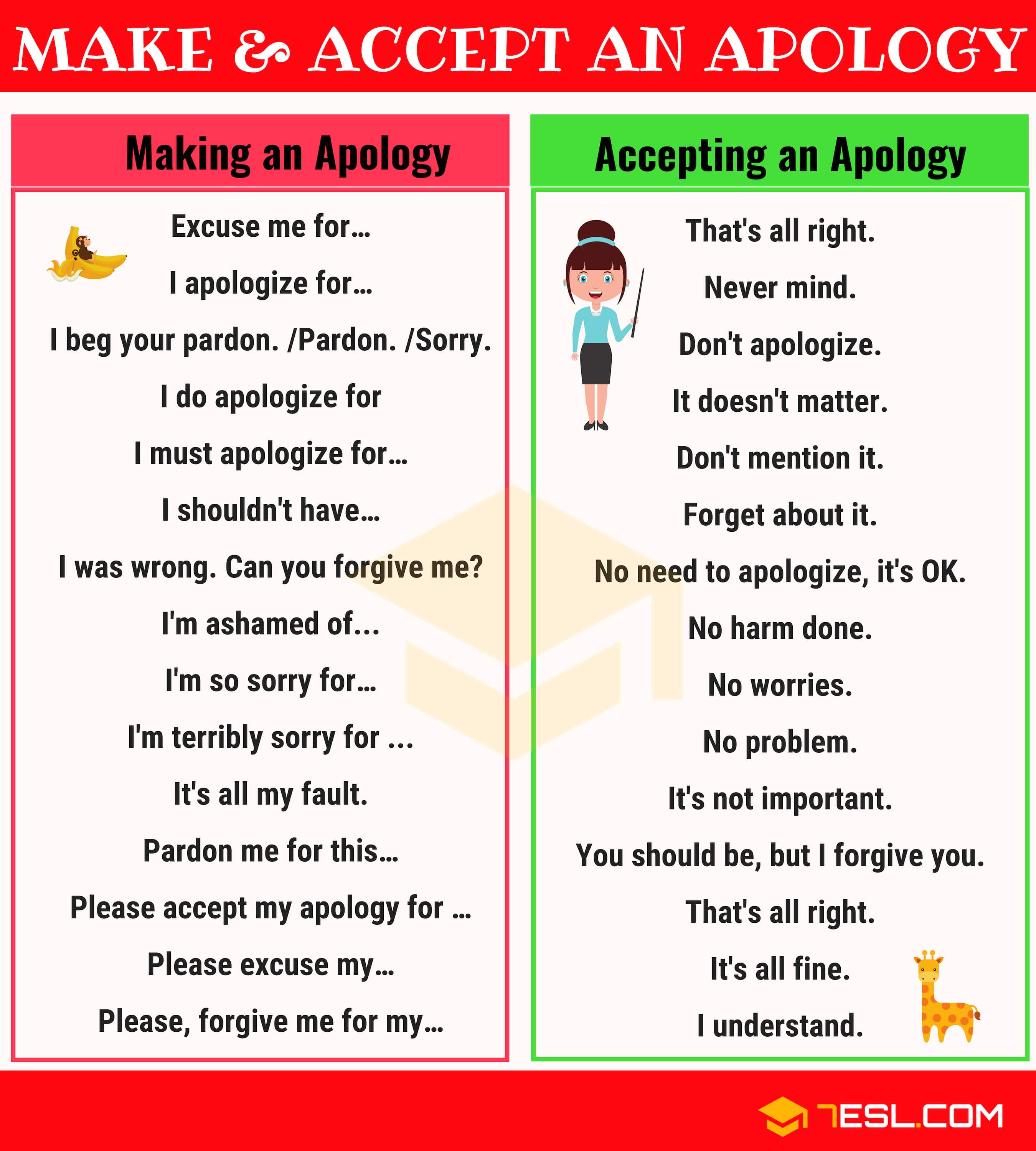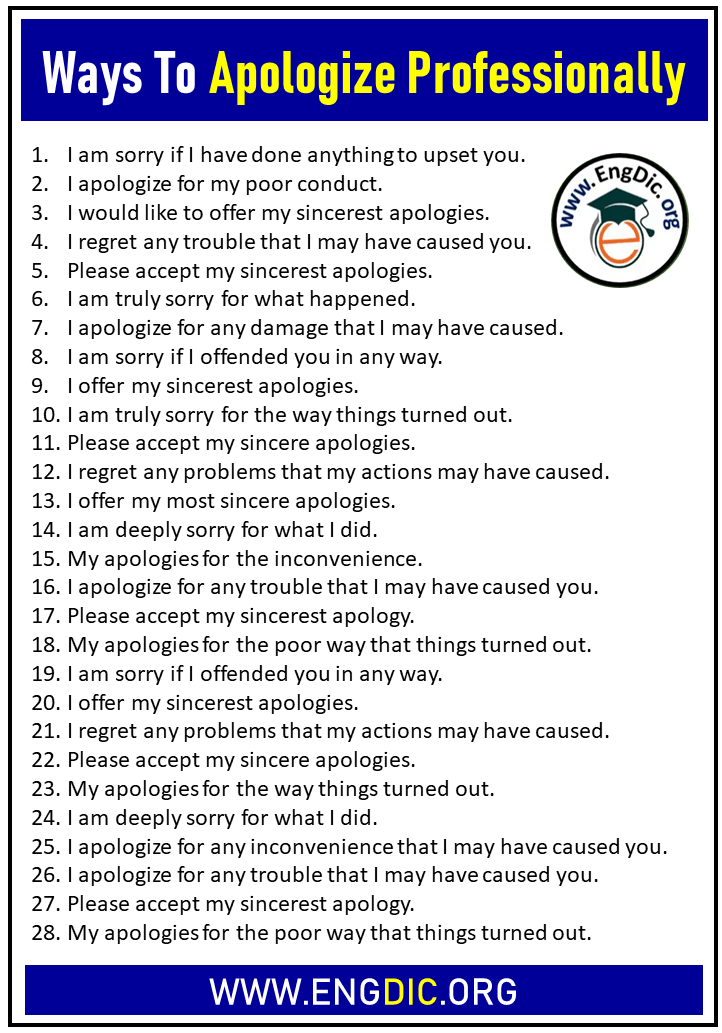How To Apologize In Business Without Saying Sorry

Corporate crises demand immediate action, and often, that action hinges on the perfect response. A poorly worded apology can sink a company faster than a product recall, but sometimes, the word 'sorry' simply won't cut it.
This guide will walk you through crafting a sincere and effective business apology without uttering the words "I'm sorry." Learn to take accountability, demonstrate understanding, and offer concrete solutions to rebuild trust.
Understanding the Problem: Why "Sorry" Fails
The word "sorry" can carry legal implications, particularly in industries prone to lawsuits. According to a 2014 study by the University of Illinois College of Law, admitting fault, even unintentionally, can significantly increase liability.
Furthermore, "sorry" can sound insincere, especially after significant damage has been done. Customers and stakeholders are often more interested in seeing tangible action and change, rather than simply hearing an empty apology.
Acknowledging the Impact: Show You Understand
Instead of saying "sorry," start by directly acknowledging the impact of the issue. Be specific. If a product malfunctioned, state how it impacted users.
Use phrases like, "We understand that this has caused significant disruption" or "We recognize the frustration this situation has created." These phrases validate the customer’s experience and show empathy.
"Focus on validating the customer's experience, not just offering a generic apology," advises Janelle Shane, AI Humorist and expert in corporate communication.
Taking Responsibility: Own the Issue
Take ownership of the problem, even if you don't believe you're solely at fault. Avoid blaming external factors or other departments.
Use phrases like, "We take full responsibility for ensuring this does not happen again" or "We acknowledge our role in this situation." Show that you are committed to rectifying the issue.
Offering Solutions: Concrete Actions Speak Louder
Detail the specific steps you are taking to resolve the issue. This is the most crucial part of any business apology. Provide timelines and measurable outcomes.
Offer concrete solutions. "We are implementing a new quality control process" is better than "We will try to improve our quality." Highlight any preventative measures implemented to avoid similar issues in the future.
Consider offering compensation, discounts, or other forms of redress, depending on the severity of the situation. This can help rebuild trust and demonstrate your commitment to customer satisfaction. According to a Harvard Business Review article, offering tangible solutions increases customer retention by up to 30% after a service failure.
Communicating Clearly and Transparently
Maintain open and transparent communication throughout the resolution process. Keep customers informed about the progress you are making and any updates to your plan.
Use clear and concise language, avoiding jargon or technical terms that may confuse customers. Answer questions promptly and honestly, even if the answer is difficult.
Examples in Action
Consider the example of a data breach. Instead of saying, "We're sorry for the data breach," a company might say, "We acknowledge the anxiety and inconvenience caused by the recent security incident. We are providing free credit monitoring and are investing heavily in enhanced security measures to prevent future breaches."
Or, in the case of a delayed product launch: "We understand the disappointment surrounding the delayed launch. We are working tirelessly to ensure the product meets our quality standards and will provide a new launch date next week."
Moving Forward: Rebuilding Trust
Successfully navigating a business crisis requires more than just a carefully worded statement. It requires a long-term commitment to improvement and a genuine desire to rebuild trust with stakeholders.
Monitor customer feedback and be prepared to adjust your approach as needed. Ongoing communication and proactive action are key to regaining customer confidence and preventing future crises. Expect to see further examples of these strategies employed in the coming weeks, as companies navigate increasingly complex challenges.
